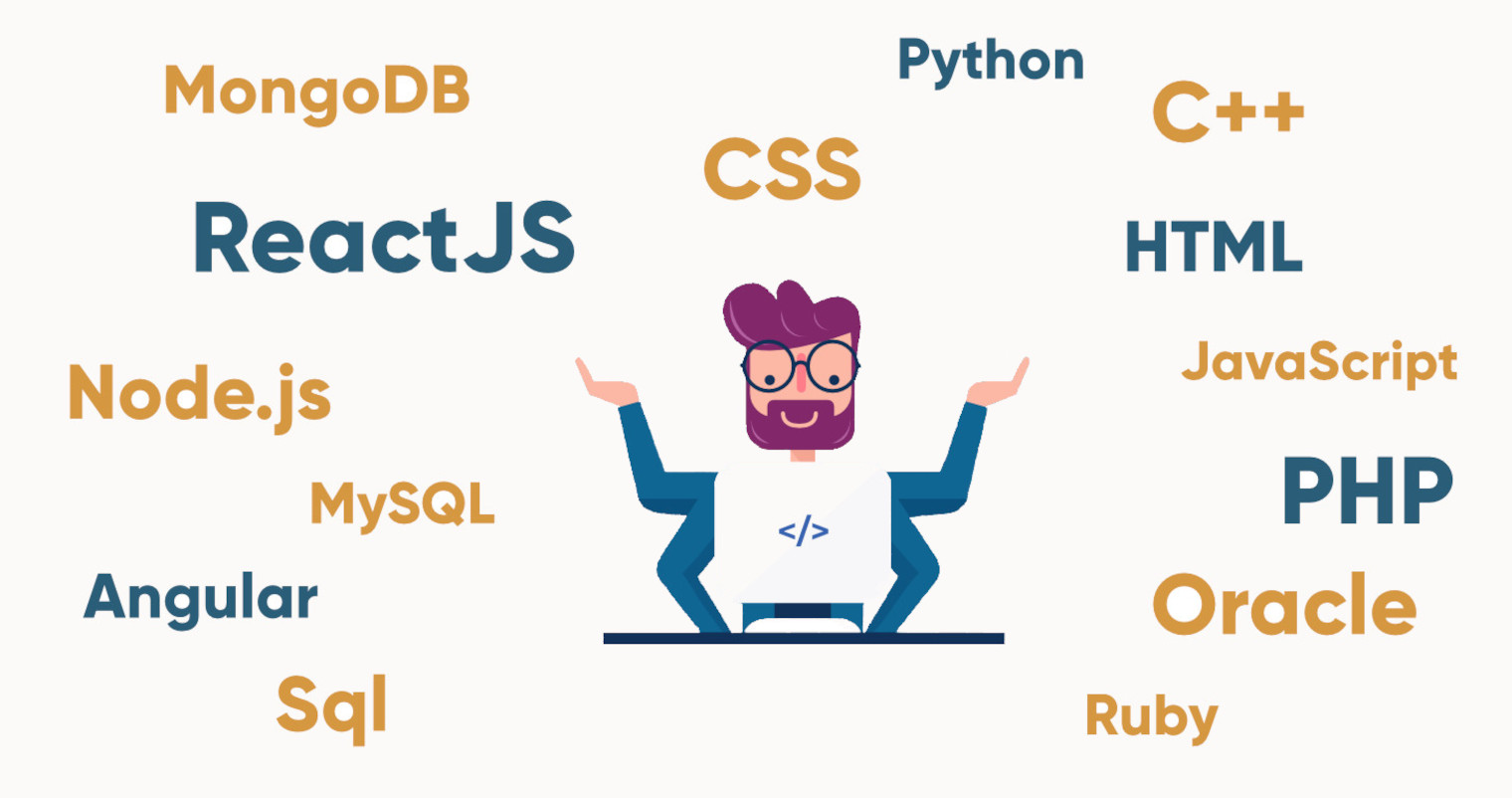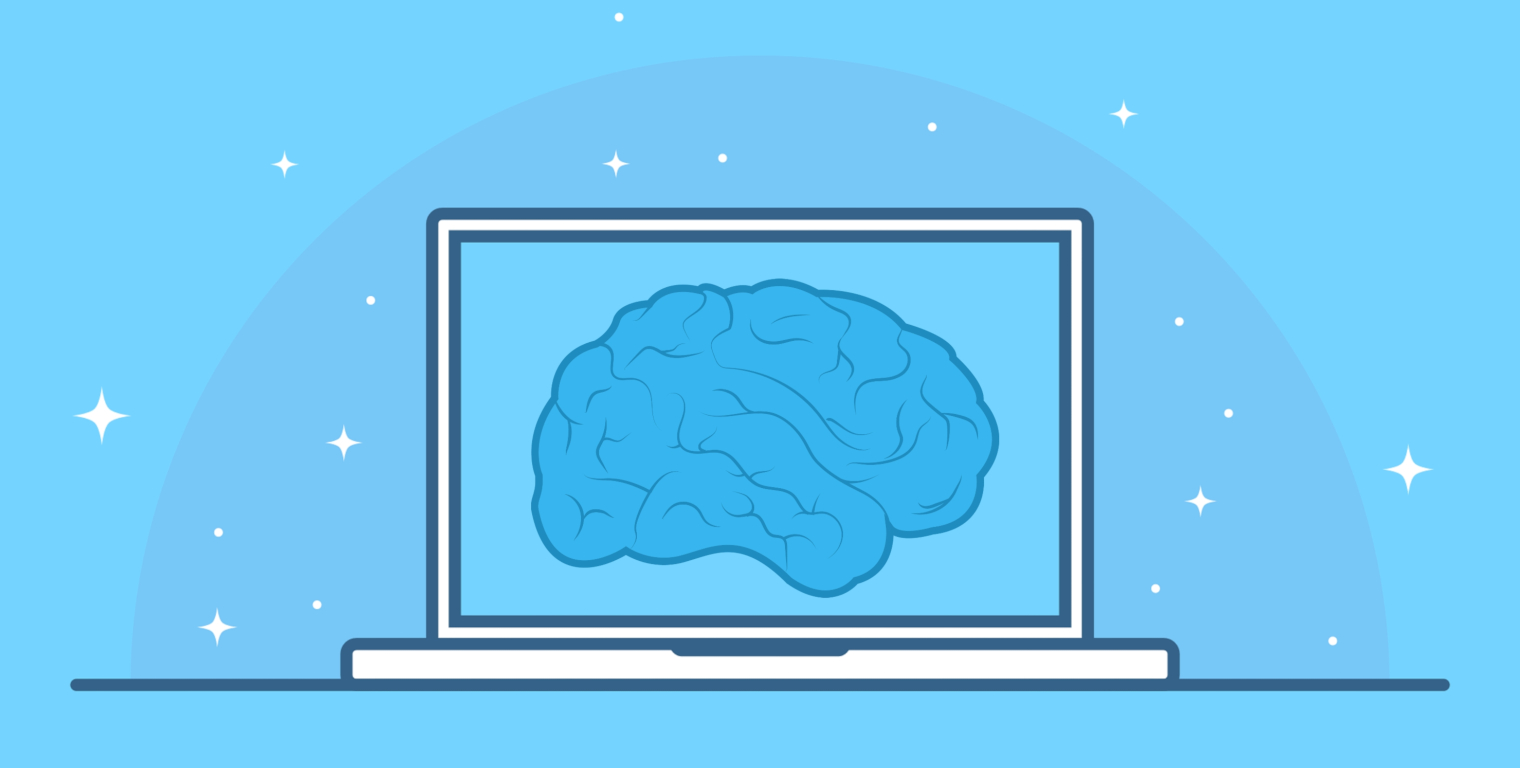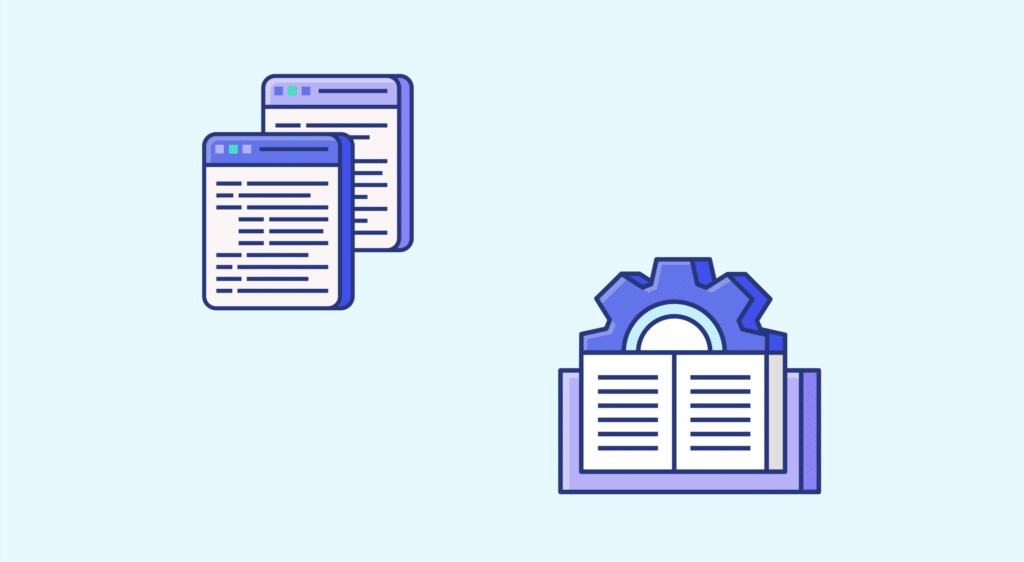Front-end and back-end are two essential concepts in software development. They are used by programmers and IT professionals to describe the different layers that make up a computer, a computer program or a website.
The difference between the two lies in the way users access them. The user is either a human or a digital entity.
It’s important to understand the definition of each of these terms, and the differences between them.
What is the front-end?
The front end is the layer that groups together all the software or hardware that forms part of a user interface.
Digital users interact directly with various aspects of a program’s front end. This includes user input, buttons, programs, websites and many other elements. Most of these elements are designed by UX Designers to be accessible, pleasant and easy to use.
Front-end development involves creating applications, software or websites that render on the client side. In web development, developers mainly use HTML, CSS and JavaScript.
They also use client-side frameworks such as Angular, React, Stencil and Vue. However, client-side applications still rely on services and APIs running in the cloud or on remote back-end servers.
There are different front-end roles and professions. The front-end developer creates software or websites without any back-end development. A website created in this way is a static site. It could, for example, be a website for a restaurant or a hairdressing salon.
Such a site requires no database storage. The pages always remain identical. The front-end web developer can work with HMTL, CSS and JavaScript.
User interface (UI) and user experience (UX) designers are also front-end developers. A UI designer is a visual conceptualist who doesn’t usually take charge of implementation, but knows HTML and CSS so he can communicate his ideas to front-end developers. A UX Designer works on the front-end, studying the way web users use websites.

What is the back-end?
The back end refers to the parts of an application’s or software’s code that enable it to function, but are inaccessible to the user. It is also known as the data access layer of a software program or machine.
It includes all functionalities requiring access and navigation by digital means.
Back-end development concerns applications rendered on the server-side. Back-end developers also create services that process business logic and access resources such as databases, file servers or Cloud services.
These services are the backbone of any application.
Back-end web developers use the same building blocks as front-end developers: HTML, CSS and JavaScript. They also use software stacks encompassing operating systems, frameworks, web servers, programming languages and APIs.
These tools are used for server-side rendering of websites and applications, and to create services that other applications can exploit. Among the best-known stacks are .NET, MEAN and LAMP. Each uses a programming language such as C#, JavaScript, Java, Go, Python or PHP.

What is full-stack development?
A developer doesn’t necessarily have to choose between front-end and back-end. As a full-stack developer, you can use both.
Full-stack web developers can create web sites and applications that render both client-side (frontend) and server-side (backend). They also create services, components and APIs to solve specific problems and access infrastructures such as databases, file servers, cloud services and much more.

What's the point of full-stack development?
System architectures are broken down into front-end and back-end components for different purposes. In the field of web or software development, the aim is generally to break down projects according to the skills required. The front end of a project is generally taken care of by professionals such as web designers, while the back end involves engineers and developers.
The front end / back end distinction can also refer to situations where a customer has access to one view, while employees have access to another. Front-end components are exposed to customers, while authenticated users have access to other back-end elements.
Examples of front-end concepts and components include design languages such as HTML, CSS and JavaScript, SEO, accessibility testing, and image editing or graphic design tools.
For the back end, examples include programming languages such as PHP, Python and C#, automated testing frameworks, database management, data transformation and cybersecurity practices.
What are the differences between front-end and back-end?
There are several important differences between Front-End and Back-End. The front-end is what users see, what they interact with. The back-end is what makes it work.
On a website, the front-end is the part of the website with which users interact. This includes, for example, the graphical user interface (GUI) and the command line, including navigation menus, design, text, images or videos. In contrast, the backend is the part of a website that users cannot see.
All the visual aspects of a website that can be seen and used by users are part of the front-end. In contrast, everything that occurs in the background is linked to the backend.
The distinction is also linked to the programming languages used. Front-end languages are HTML, CSS and JavaScript, while back-end languages include Java, Ruby, Python or .Net.

What are front-end programming languages?
Several front-end programming languages enable front-end development. HTML (Hypertext Markup Language) is used to design the front-end portion of web pages. It combines the Markup and Hypertext languages.
CSS, or Cascading Style Sheets, is a very simple language designed to facilitate the web page presentation process. It enables styles to be applied to web pages independently of HTML.
Finally, JavaScript is a scripting language that makes websites interactive. It enhances the functionality of the website, for example, to run web-based software.

What back-end programming languages are available?
For back-end development, there are also several preferred programming languages. PHP is a server-side scripting language specifically designed for web development. It’s called a “server-side” language, because PHP code is executed server-side.
C++ is a general-purpose programming language, widely used for competitive programming. It is also used as a backend language.
For its part, Java is one of the most popular languages. It is renowned for its high scalability and easily accessible components.
Python is the most popular language, especially for the back-end. It allows you to work quickly and integrate systems more efficiently.
With the Node.js open-source runtime environment, JavaScript code can be executed outside a browser. It is used to build back-end services such as APIs, but is neither a framework nor a programming language.
Finally, JavaScript is unique in that it can be used as both a front-end and a back-end language. It is therefore particularly versatile.
Front-End / Back-End and Data Science
Back-end and front-end play an essential role in web development, but also in Data Science. A Data Scientist who masters both the back-end and the front-end is a major asset, especially when it comes to implementing algorithms in an application.
Such an expert is considered a “Full Stack Data Scientist“. He or she is involved throughout the data science lifecycle, covering all the components of a data science project.
This highly qualified professional is involved in collecting, exploring and analyzing data to build models and solve business problems. They also use Machine Learning to achieve this goal.
His role also covers the deployment of the model built from the data, with the aim of making it accessible to end-users. Finally, he continues to monitor the model to detect any malfunctions and remedy problems.

How do I learn the Python back-end language?
Whether you want to work in web development or data science, solid front-end/back-end skills are a real asset. With DataScientest, you can learn to master Python: the most widely used back-end programming language.
Our Data Analyst, Data Engineer and Data Scientist training courses include a module dedicated to programming. You’ll learn how to handle Python and its various libraries, such as NumPy and Pandas.
You’ll also learn how to interact with databases, Data Visualization tools, the main Business Intelligence techniques and CI/CD concepts. By the end of the course, you’ll have all the skills you need to become a Data Science professional.
Our various programs can be completed in Continuing Education or intensive BootCamp mode. Our Blended Learning approach combines individual coaching on an online platform, and group masterclasses. The entire training program is delivered remotely.
After completing a DataScientest training course, you will receive a certificate issued by our partners at Université Paris la Sorbonne or Mines ParisTech / Dauphine PSL. Over 80% of our alumni have found immediate employment.
Finally, it is possible to finance our training courses through the Compte Personnel de Formation or the AIF of Pôle Emploi.
Don’t wait any longer and discover DataScientest’s training courses!










